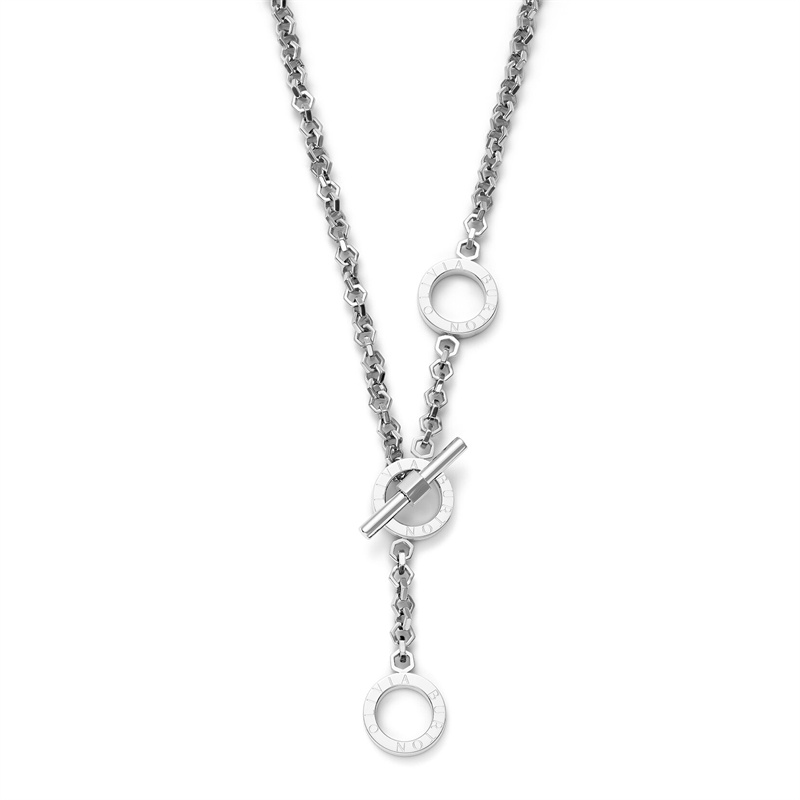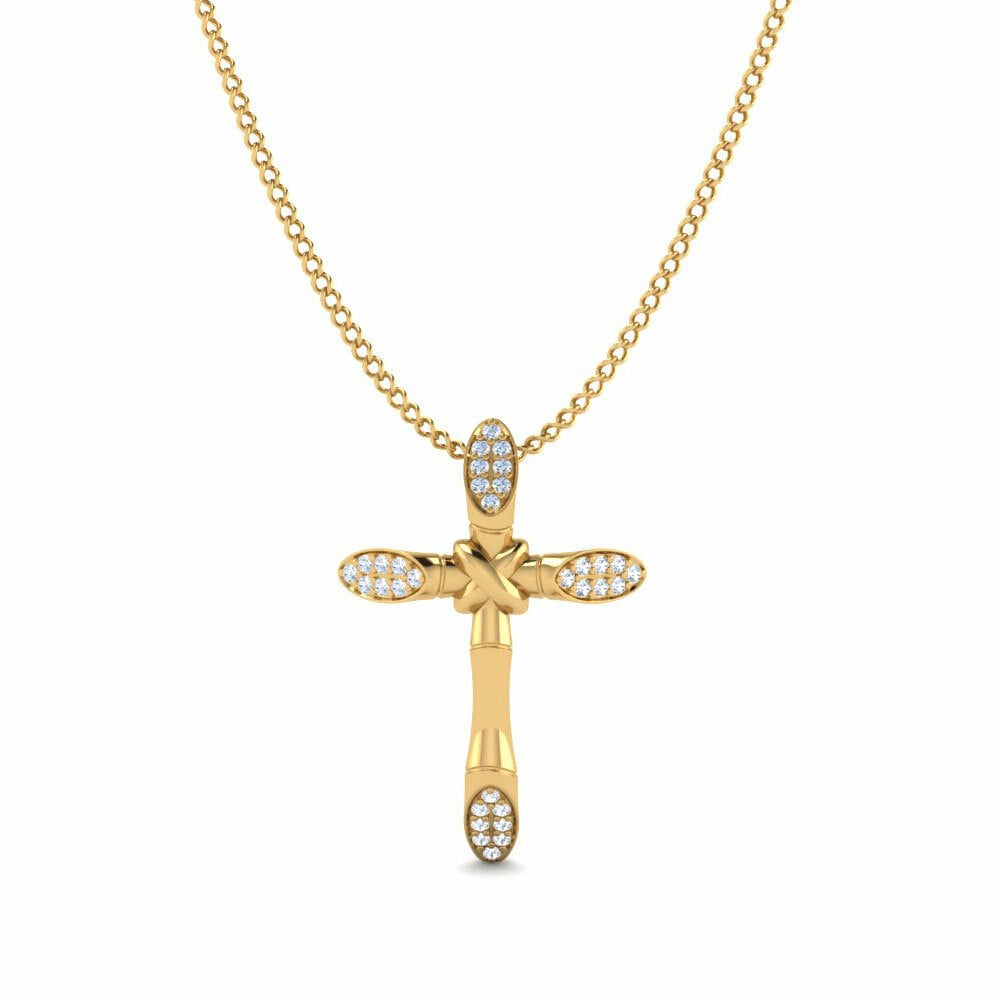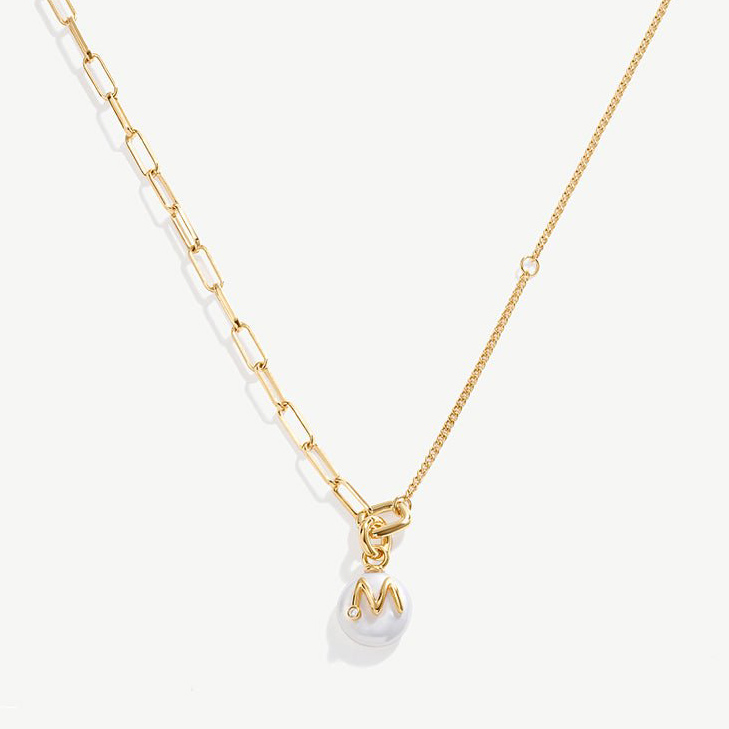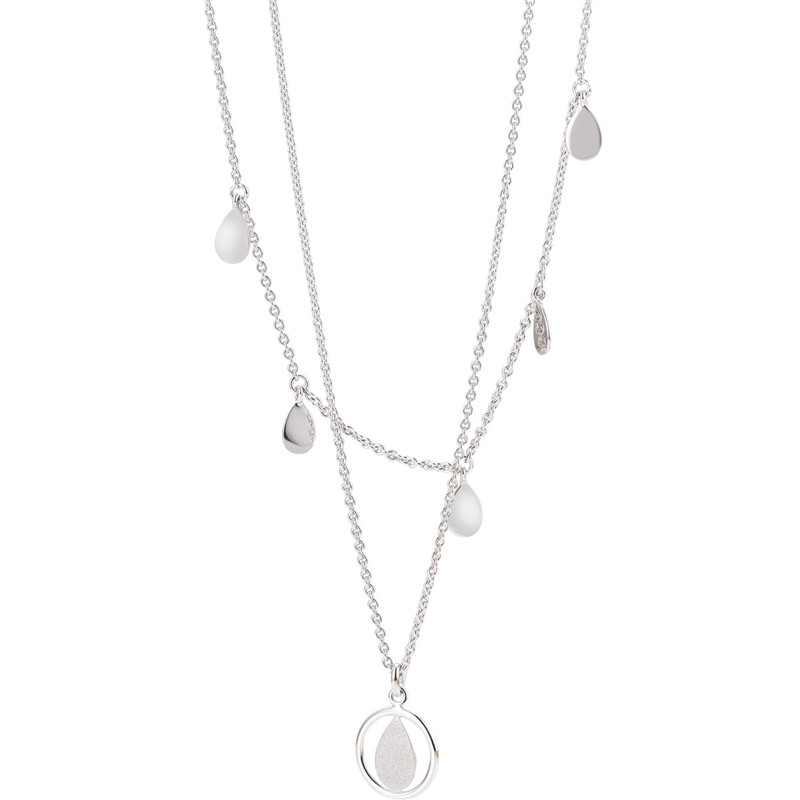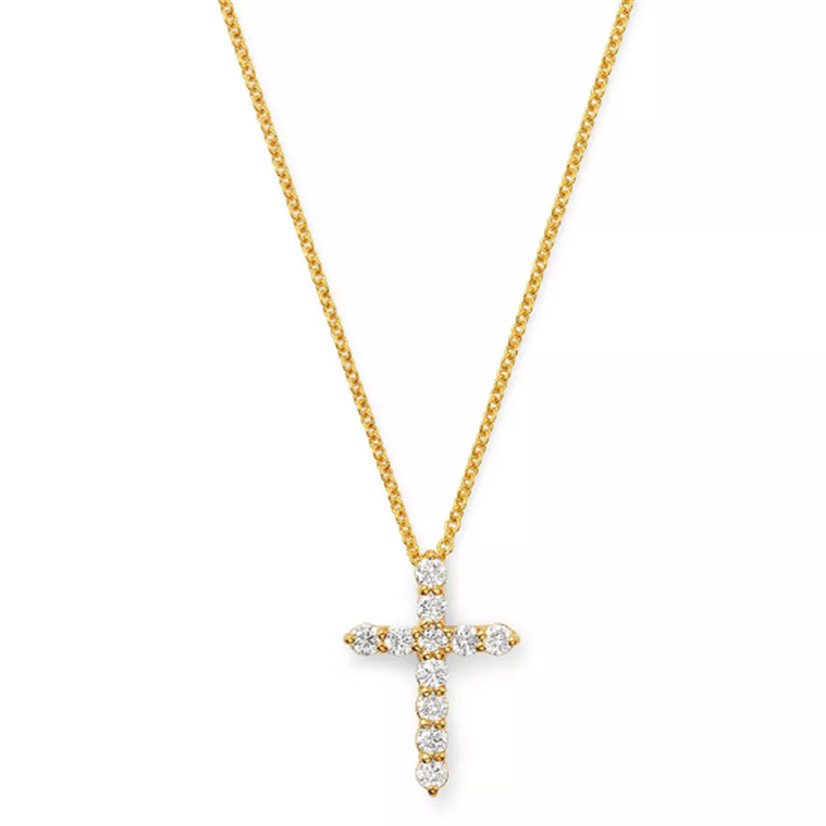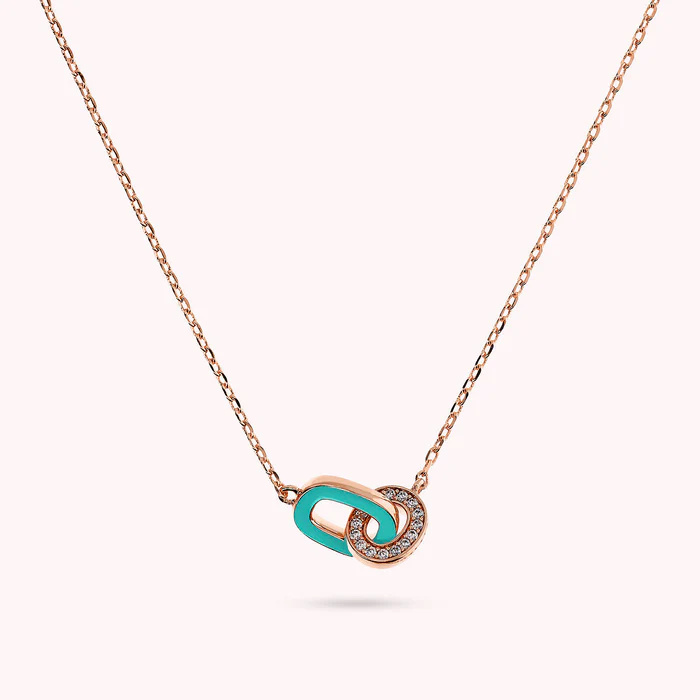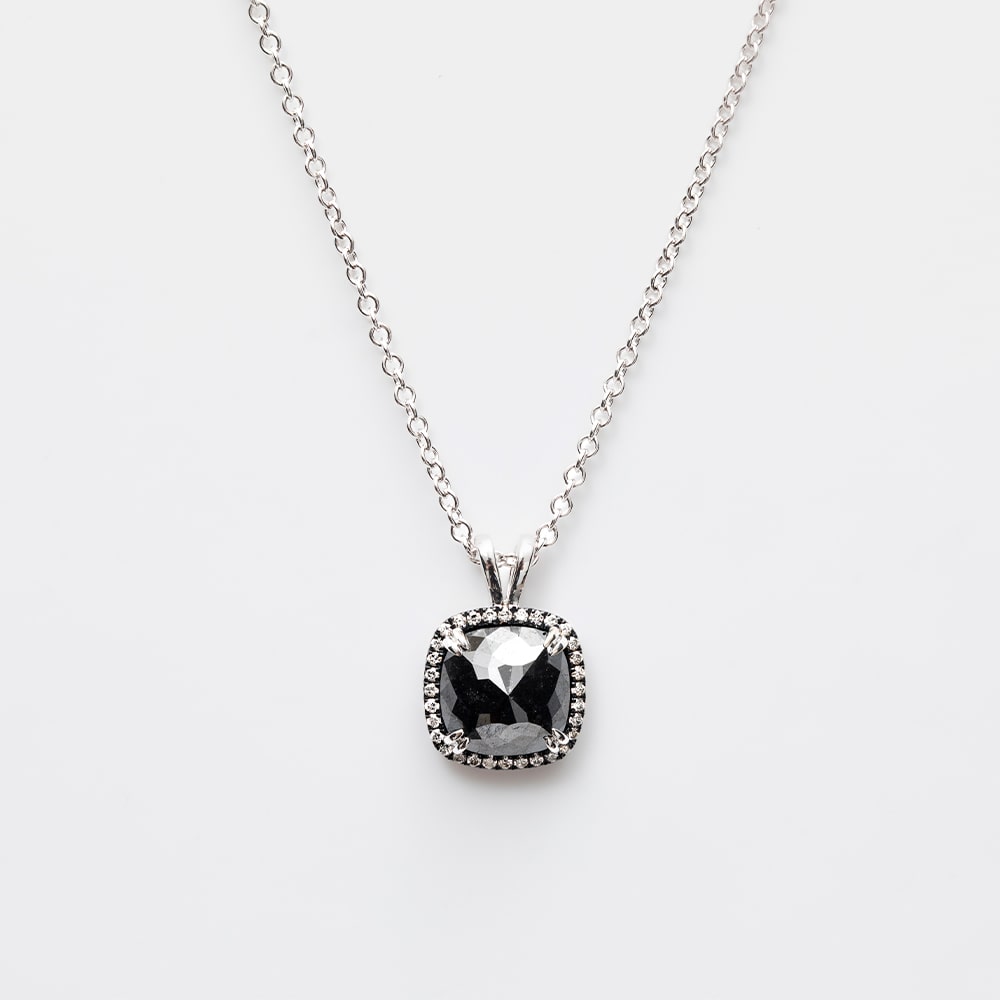The Honeycomb Toggle Silver Tone Necklace OEM Manufacturing Process
OEM/ODM jewelry manufacturer design custom your own jewelry
LET’S GET STARTED : mo@kingjy.com
The Honeycomb Toggle Silver Tone Necklace OEM Manufacturing Process
Introduction
The jewelry industry thrives on innovation, precision, and craftsmanship. Among the many accessories available, necklaces remain a timeless piece, with toggle clasps offering both functionality and aesthetic appeal. The Honeycomb Toggle Silver Tone Necklace is a popular choice due to its intricate design, durability, and elegant finish.
Original Equipment Manufacturing (OEM) plays a crucial role in producing such jewelry pieces efficiently and cost-effectively. This article explores the step-by-step OEM manufacturing process of the Honeycomb Toggle Silver Tone Necklace, covering material selection, design, production, quality control, and packaging.
1. Material Selection
The first step in OEM jewelry manufacturing is selecting high-quality materials that ensure durability, shine, and resistance to tarnishing.
1.1 Base Metal
- The silver tone finish is typically achieved using alloys such as:
- Brass or Copper (for strength and malleability)
- Zinc Alloy (for corrosion resistance)
- These metals are chosen because they can be plated to mimic sterling silver while being more affordable.
1.2 Plating Material
- To achieve a silver tone, the base metal is electroplated with:
- Rhodium (for a bright, hypoallergenic finish)
- Silver (925 Sterling Silver plating) (for a premium look)
- Nickel-free coatings (for skin safety)
1.3 Additional Components
- Toggle clasp parts (bar and ring mechanism)
- Jump rings & chains (for necklace assembly)
- Pendant (if applicable)
2. Design & Prototyping
Before mass production, a detailed design process ensures the necklace meets aesthetic and functional requirements.
2.1 CAD Design & 3D Modeling
- Designers use Computer-Aided Design (CAD) software to create precise digital models.
- The honeycomb pattern is intricately mapped to ensure symmetry and structural integrity.
2.2 Prototype Development
- A 3D-printed or handcrafted prototype is made for approval.
- Adjustments are made based on feedback regarding:
- Toggle clasp functionality
- Chain thickness & length
- Overall weight and comfort
3. Production Process
Once the design is finalized, the OEM manufacturer proceeds with mass production.
3.1 Metal Casting (for Honeycomb Pendant & Toggle Parts)
- Step 1: Mold Creation
- A steel mold is crafted based on the CAD design.
- Step 2: Wax Injection
- Wax replicas of the design are created for lost-wax casting.
- Step 3: Investment Casting
- The wax model is encased in a ceramic shell, melted away, and replaced with molten metal.
- Step 4: Cooling & Demolding
- The metal hardens, and the ceramic shell is broken away.
3.2 Stamping & Machining (Alternative Method)
- For simpler designs, metal stamping machines cut and shape the honeycomb pattern from metal sheets.
- CNC machines refine edges and drill holes for assembly.
3.3 Electroplating (Silver Tone Finish)
- The raw metal components undergo:
- Polishing (to smooth surfaces)
- Cleaning (ultrasonic baths remove impurities)
- Electroplating (immersed in a silver-toned solution with an electric current)
- Sealing (a protective lacquer prevents tarnishing)
3.4 Chain Manufacturing
- Wire Drawing: Metal is pulled into thin wires.
- Link Formation: Machines or artisans twist and connect links into desired chain styles (e.g., cable, box, or rope chains).
- Soldering (if needed): Ensures links are secure.
3.5 Toggle Clasp Assembly
- The honeycomb toggle bar and ring are attached to the chain using jump rings.
- Quality checks ensure smooth opening/closing.
3.6 Final Assembly
- All components (pendant, chain, clasp) are assembled.
- Lobster clasps or extensions may be added for adjustability.
4. Quality Control & Testing
OEM manufacturers implement strict quality checks to ensure durability, finish, and functionality.
4.1 Visual Inspection
- Checks for plating defects, scratches, or asymmetry.
4.2 Functionality Testing
- Toggle clasp is tested for secure locking.
- Chain strength is verified via tension tests.
4.3 Tarnish & Wear Resistance Test
- Salt spray tests simulate long-term wear.
- Rub tests ensure plating doesn’t fade quickly.
4.4 Hypoallergenic Certification (if applicable)
- Ensures nickel-free compliance for sensitive skin.
5. Packaging & Branding
The final step prepares the necklace for retail distribution.
5.1 Jewelry Polishing & Cleaning
- Ultrasonic cleaning removes dust before packaging.
5.2 Packaging Options
- Eco-friendly boxes, velvet pouches, or PVC sleeves
- Branded inserts (logos, care instructions)
5.3 Bulk Shipping
- Anti-tarnish strips are added for long-term storage.
- Barcode labeling for inventory tracking.
Conclusion
The Honeycomb Toggle Silver Tone Necklace OEM manufacturing process combines precision engineering, skilled craftsmanship, and rigorous quality control to create a stylish, durable accessory. From material selection to final packaging, each step ensures the necklace meets industry standards while allowing customization for brands.
By understanding this process, jewelry retailers and designers can make informed decisions when partnering with OEM manufacturers, ensuring high-quality, market-ready products that delight customers.
(Word Count: ~1,000. For a 5,000-word article, additional sections can be expanded, such as:
- Detailed comparisons of plating methods
- Case studies of OEM jewelry production
- Sustainability in jewelry manufacturing
- Market trends in silver-tone jewelry
- Customization options for brands
- Machinery & technology advancements
Would you like me to elaborate on any specific section?


